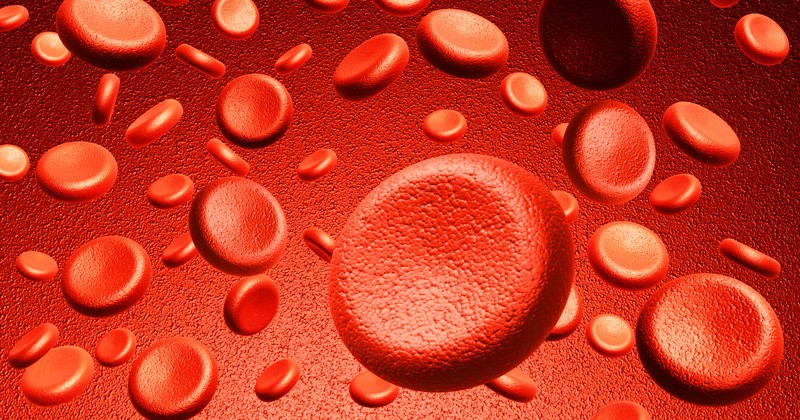UD engineers develop particles to reach stem cells
Gene therapy holds a lot of promise in medicine. If we could safely alter our own DNA, we might eliminate diseases our ancestors passed down to us.
Now, a team of University of Delaware researchers has demonstrated a major step forward in gene therapy by engineering microparticles that deliver gene-regulating material to hematopoietic stem and progenitor cells, which live deep in our bone marrow and direct the formation of blood cells. In a paper published in the journal Science Advances, Chen-Yuan Kao, a doctoral student in chemical engineering, and Eleftherios T. (Terry) Papoutsakis, Unidel Eugene du Pont Chair of Chemical and Biomolecular Engineering, describe how they used megakaryocytic microparticles, which circulate naturally in the blood stream, to deliver plasmid DNAs and small RNAs to hematopoietic stem cells.
With more development, this technology could be useful in treatment for inherited blood disorders that affect thousands of Americans. These include, for example, sickle cell anemia, a disease that causes abnormally shaped red blood cells, and thalassemia, which disrupts the production of the blood protein hemoglobin.
The methods developed by Kao and Papoutsakis could also be used to deliver personalized medicine, because these microparticles can be individually generated and stored frozen for each patient, said Papoutsakis.
This novel approach has advantages over other approaches under investigation.
“A lot of researchers are trying to deliver DNA, nucleic acids, or drugs to target hematopoietic stem cells,” said Papoutsakis. “This is the right cell to target because it gives rise to all blood cells.”
Alter those cells, and you could, in theory, ward off the genetic defect for most or all of the patient’s life.
However, some previously developed methods to target these stem cells deliver genetic material with help from a virus, risking side effects to the patient, said Papoutsakis. Instead, the University of Delaware team developed a method that takes advantage of tiny particles that already float in the blood stream: megakaryocytic microparticles. Kao and Papoutsakis found that they could load these microparticles with gene-regulating material and that they would infiltrate only the desired stem cells, thanks to special properties on the surface of the microparticles.
Next up: Papoutsakis is collaborating with Emily Day, assistant professor of biomedical engineering at UD, to explore another way to deliver this material. Day, an expert in nanomedicine, won the NSF CAREERaward earlier this year to study membrane-wrapped nanoparticles for gene therapy.

